EV Charger Accessories Upgrade - The Ultimate Choice
OEM-Certified Charging Guns & Smart Sockets | Premium Quality, Reliable Performance to Extend Lifespan
Electric vehicle charging accessories
Charging Gun (Gun Head + 4.5m Cable)
- Power Output: Up to 22W
- Various connectors can be used
- Shapes and colors can be customized as required
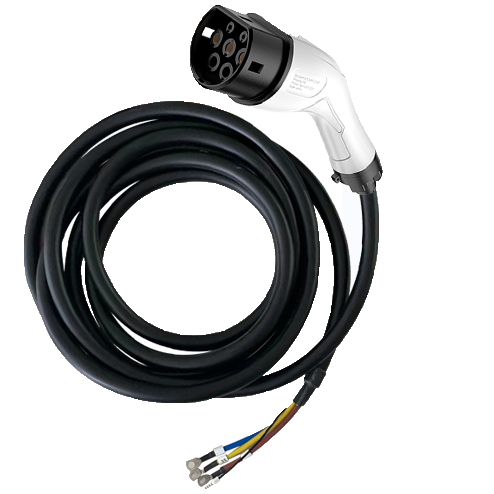

European standard single-phase socket
- The design style is simple and compact.
- It can adapt to various installation environments.
- It has good electrical conductivity and insulation properties
- It enables safe and reliable power transmission
European Standard Three-Phase Socket
- Multiple connector types
- Compatible with various car brands
- Simple to install
- Easy to operate

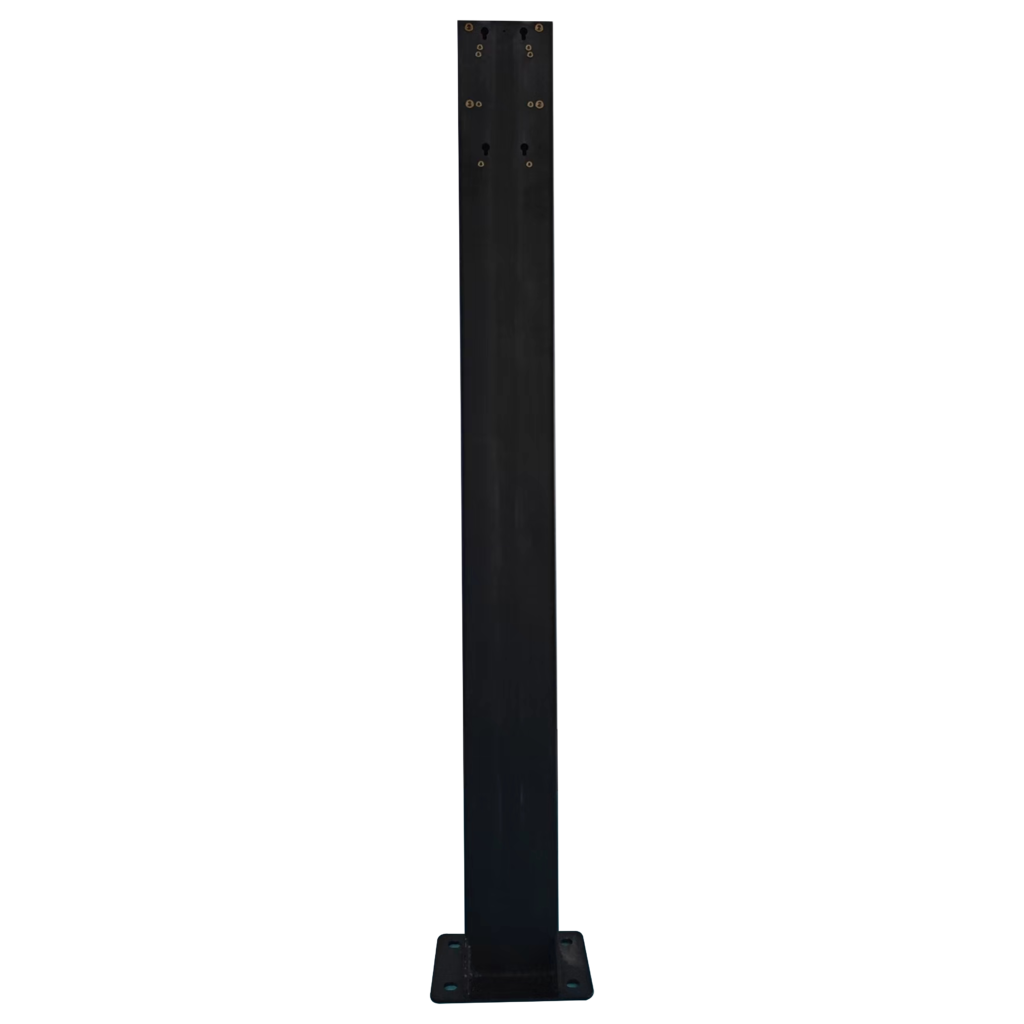
Universal Column
- Easy to install
- Highly ergonomic
- Aesthetically pleasing and durable
- Cost - effective
Adapter
- Convenient to carry
- Easy to install
- Offer a variety of connector types
- Compatible with most electric vehicles
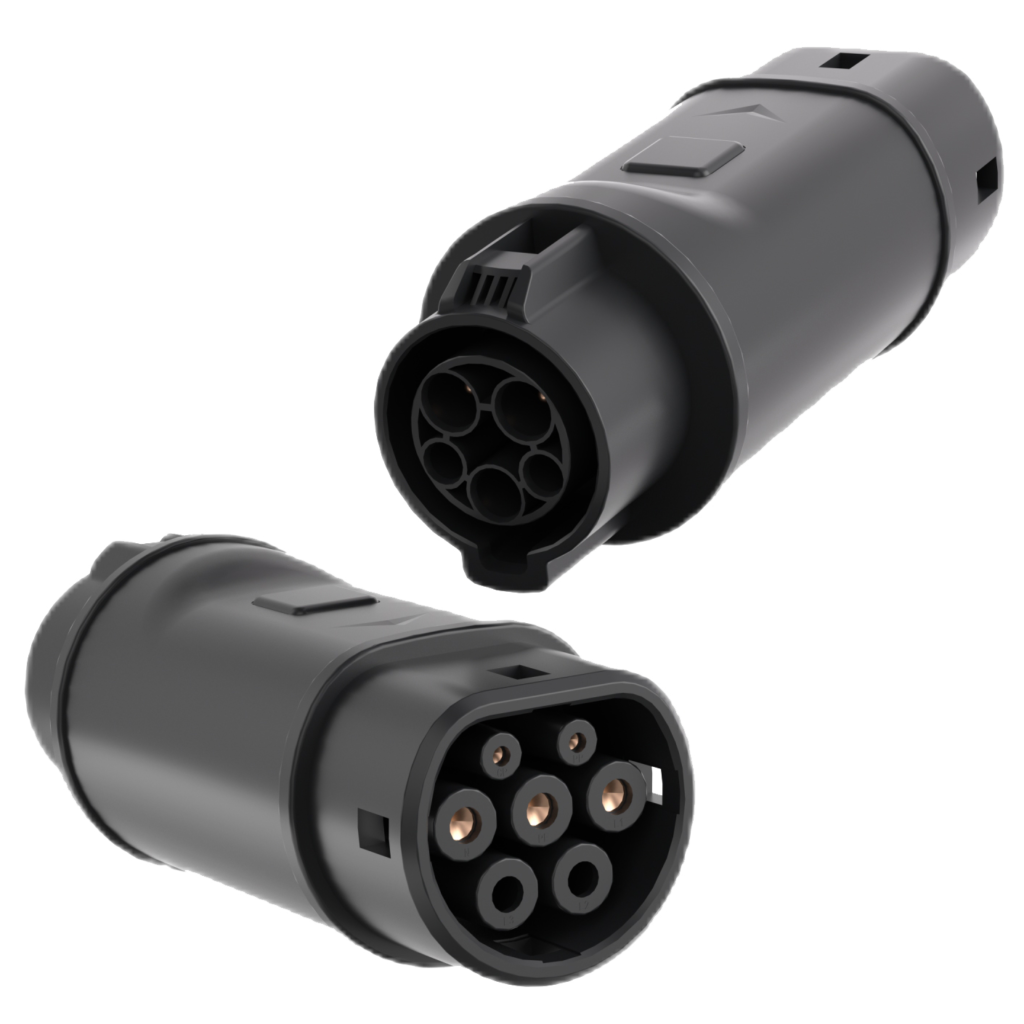
EV Charging Resources
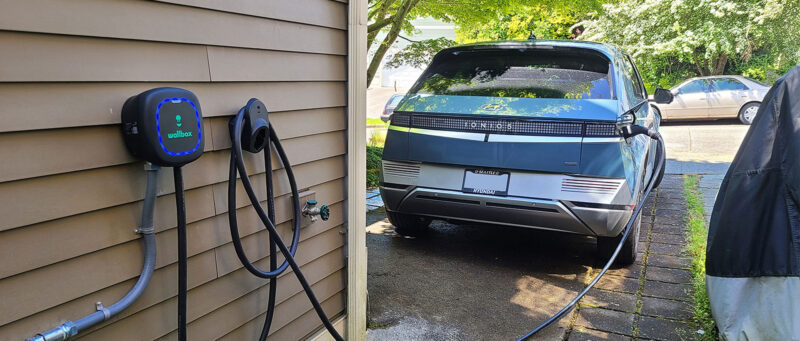
How Can Charging Station Interfaces Be Adapted for Elderly Users?
Elderly drivers face challenges with EV charging due to physical, cognitive, and environmental barriers. Solutions include intuitive interfaces (large fonts, high contrast), simplified controls (physical buttons, voice prompts), lightweight cables, diverse payment options, and training programs. Future trends involve AI-driven personalization and adaptive interfaces. Manufacturers like TX can customize these aging-friendly designs to meet operator needs, ensuring inclusive and accessible EV charging for all users.

Do You Need an EV Home Charger?
A home EV charger isn’t mandatory but enhances convenience, cost-efficiency, and battery health. Public charging risks availability issues and higher costs. Opt for Level 2 charging (240V) for home use, balancing speed and affordability. Assess electrical capacity and explore government subsidies for installation savings.
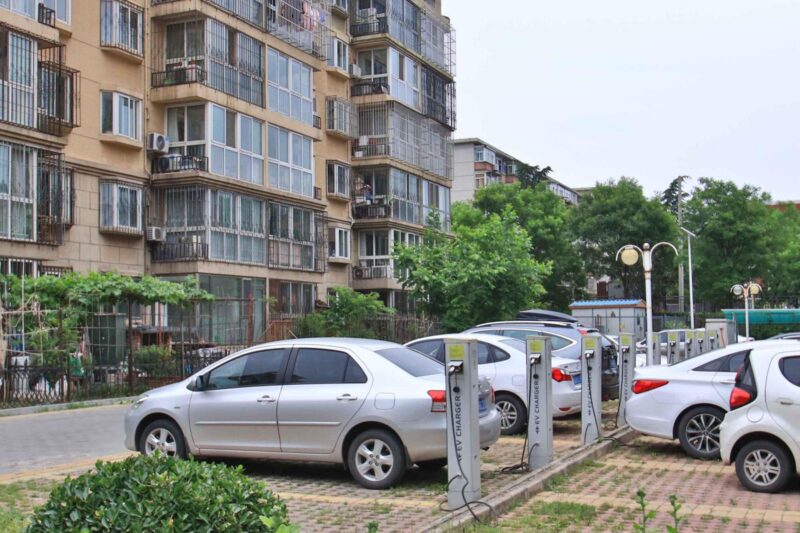
How are Disputes Resolved Over Community-Shared Charging Piles?
Conflicts over shared EV charging often stem from charger hogging, unauthorized use, equipment damage, cost disputes, and accessibility issues. Clear communication with signage, meetings, and updates minimizes misunderstandings. Technology like charging software, RFID access, and apps enables scheduling, billing, and real-time monitoring. Formal dispute processes include mediation, arbitration, or legal action. Fair policies require energy assessments, rules for usage/costs, accessibility compliance, and regular reviews. Transparency in billing and data integration enhances consumer protection, ensuring equitable charging for all residents.

Which Technology is Better Suited for Future Parking Scenarios: Charging Robots or Wireless Charging?
This analysis evaluates charging robots and wireless charging for parking facilities. Charging robots offer flexibility, scalability, and lower upfront costs, making them ideal for high-demand, dynamic environments. Wireless charging, while user-friendly, faces costly installation, standardization hurdles, and slower ROI. Technical maturity favors robots for current adoption, while wireless charging shows niche potential. Key factors include parking lot size, budget, user needs, and long-term goals. Robots are recommended for most scenarios today, balancing practicality with future adaptability.
Charge the Future,
Drive the Change
With advanced fast EV chargers and robust production capabilities, we can greatly empower your business and give you the edge to stand out. Join us to drive your success with EVB charging solutions.
